Incredible treasures found under the sea
Sunken treasures dredged from the deep
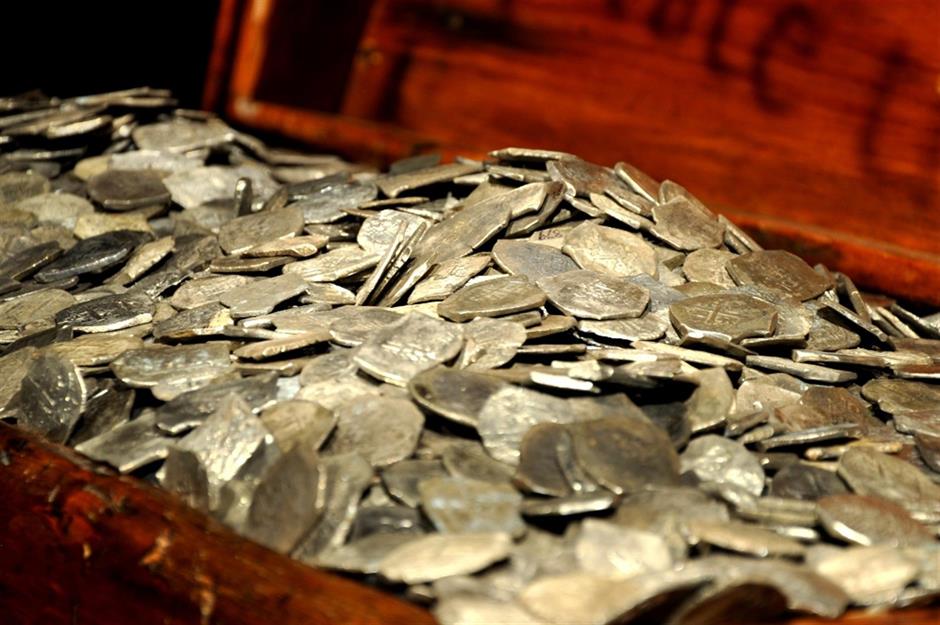
Water covers nearly three-quarters of the Earth's surface, and beneath the waves lie an array of precious treasures. Hoards of New World coins, spoils of war, and invaluable archaeological artefacts are just some of the underwater discoveries that have made a splash. And that's just the tip of the iceberg...
Read on to discover more incredible treasure troves that have been found underwater, including a "significant" new discovery off the coast of Sardinia. All dollar amounts in US dollars with values adjusted for inflation.
50,000 Roman coins – value unknown
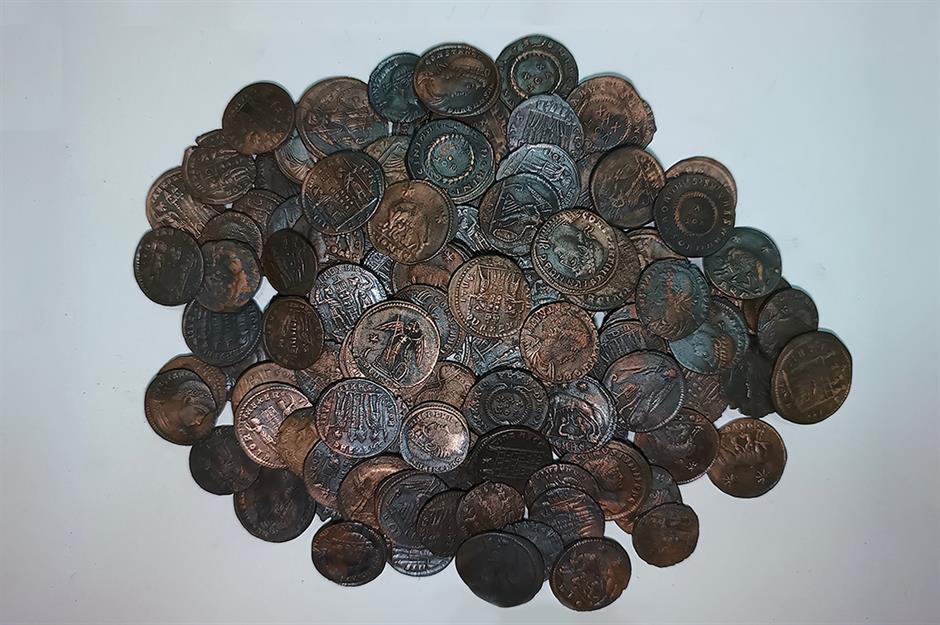
An Italian diver who spotted something metallic off the coast of Sardinia has contributed to "one of the most significant coin discoveries in recent times", according to archaeology officials. The man – who hasn't been named by the press – alerted the authorities to the area, where divers from Italy's art protection squad later discovered a hoard of Roman bronze coins.
Dating from the first half of the fourth century, the coins are exceptionally well preserved with the original inscriptions still legible. At least 30,000 coins were recovered, though officials have estimated the total could be closer to 50,000. It's believed they fell into the sea after a shipwreck, lying in waters near the town of Arzachena for thousands of years before their recent rediscovery.
Crusader's sword – value unknown
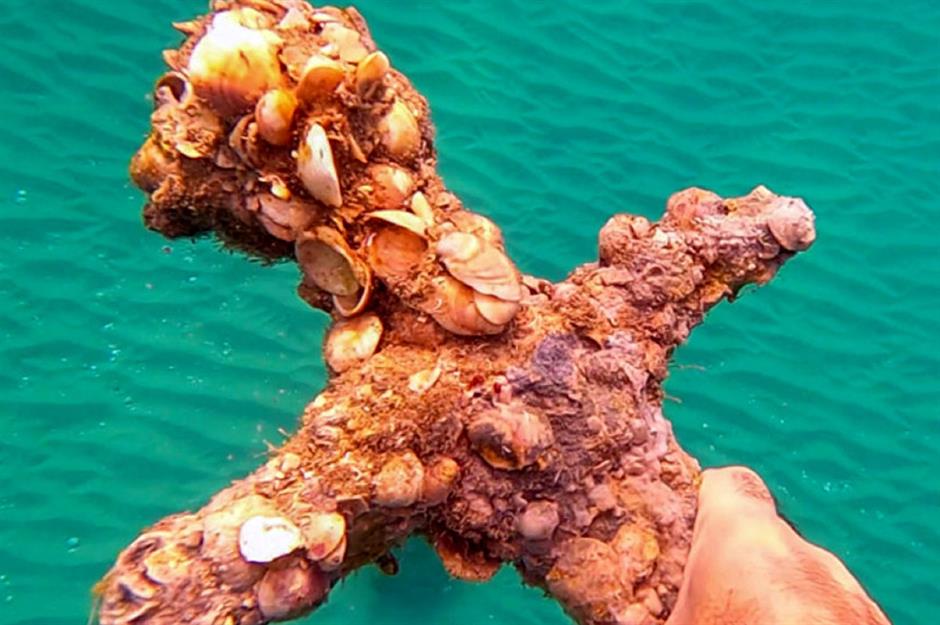
In October 2021, scuba diver Shlomi Katzin made an unusual discovery while exploring the Carmel Coast in Israel. As well as finding a couple of ancient anchors, he also uncovered an impressive metre-long sword, complete with a 30cm hilt.
Although it was covered in barnacles, experts confirmed that the artefact is made from iron and was perfectly preserved. Using X-rays to examine the weapon under its thick layers of sand and shells, scientists have confirmed that the sword is around 800 years old and would have belonged to a Crusader knight. Experts believe it was likely dropped into the ocean during a fierce naval battle.
Britain's oldest shipwreck – value unknown
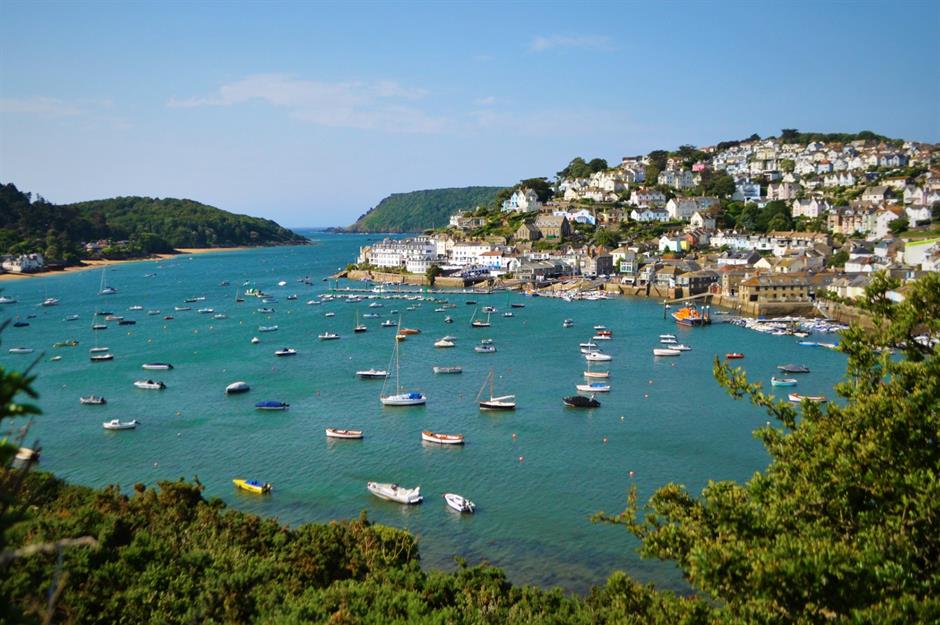
The Salcombe coast in Devon, England has been the discovery spot for a number of shipwrecks over the years. In 2010, Britain's oldest shipwreck was unearthed in the picturesque location. Around 3,000 years old, the vessel had been carrying precious cargo when it sunk, including 259 copper ingots and 27 tin ingots. It was most likely heading towards a Bronze Age settlement on the coast before becoming overwhelmed by the perilous waters.
Experts estimate that it sank in around 900 BC, with the body of the ship lying undetected for millennia until its 2010 discovery. The British Museum purchased some of the 295 artefacts discovered on board for an undisclosed fee. Objects found include a bronze sword, gold jewellery, and various stone tools.
HMS Pandora treasures – value unknown
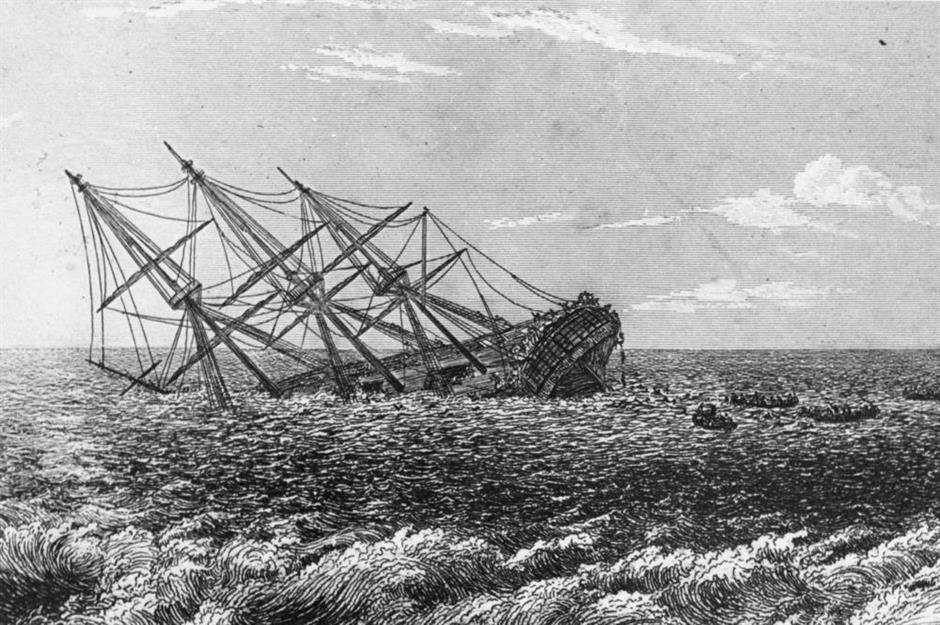
HMS Pandora was a Royal Navy warship sent to the South Pacific to search for the Bounty mutineers in 1790. Although the crew did capture many of the mutineers, the ship was wrecked on the Great Barrier Reef in Australia during its return journey.
The shipwreck – one of the most important to be found in the Southern Hemisphere, not to mention one of the best preserved – was discovered in 1977 and later excavated by the Queensland Museum. The wreck's value is unknown and prohibitive insurance costs mean it's unlikely to be raised. However, fascinating recovered artefacts are on display at the Museum of Tropical Queensland.
Hội An ceramics – $357,000 (£284k)
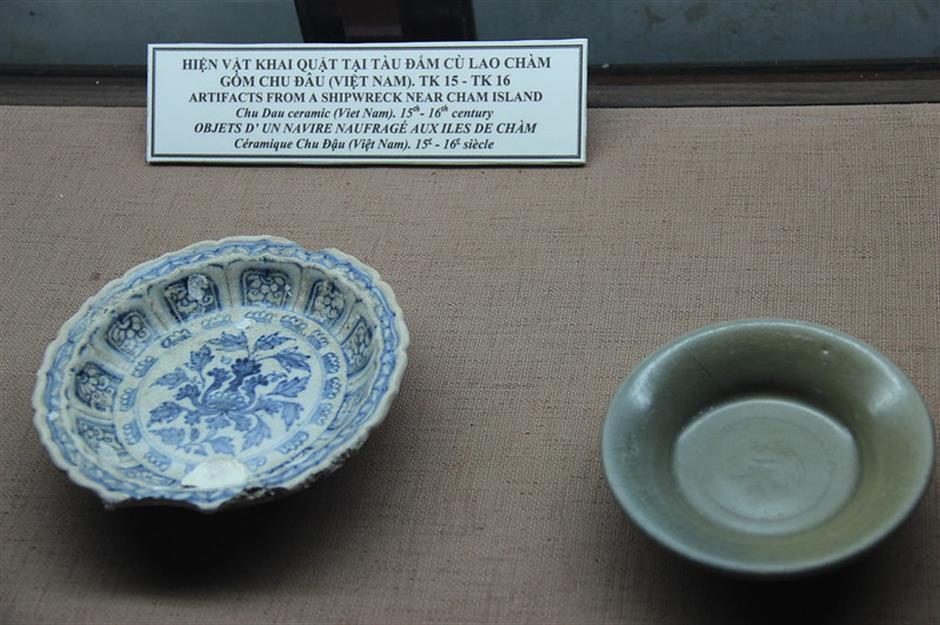
The Hội An shipwreck was discovered about 22 miles off the Vietnamese coast in the early 1990s, after local fisherman started finding ceramics in their fishing nets. In 1996, work began to excavate the wreck, which was found to have been carrying a large cargo of ceramics – mostly blue and white porcelain dishes from the 15th and 16th centuries. Around 250,000 pieces were found in total.
Some of the most valuable artefacts found aboard were three dragon ewers, which sold at auction in 2000 for $79,500, $63,000 and $57,500 respectively. That's the equivalent of around $357,000 (£284k) in today's money.
Gold chalice – $536,000 (£426k)

An ancient gold chalice was just one of the valuables found in the shipwreck of the Spanish galleon Santa Margarita, which sank off the Florida Keys in 1622.
The two-handled chalice is thought to have belonged to a wealthy passenger who was travelling on the ship. The precious relic was found by a Blue Water Ventures International diver, and was located under a mound of sand in water that was 18 feet deep. It sold at auction in New York for $413,000 in 2015, a handsome sum of $536,000 (£426k) in today's money.
Gold coins – $1.3 million (£1m)
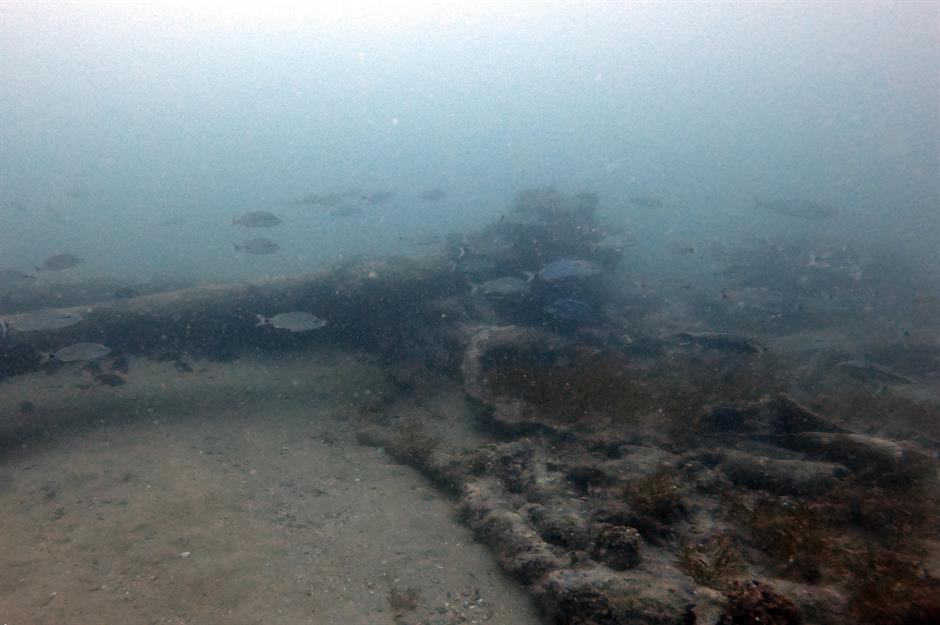
The SS North Carolina shipwreck has been popular with underwater treasure hunters for decades. The 20-foot-long steamship sunk after colliding with her sister ship, the Governor Dudley, off the coast of South Carolina in 1840. While all the people on board were saved, the vessel's cargo, including a hoard of gold coins, was lost to the sea.
Divers found more than $700,000 worth of treasure during salvage attempts in the late 1990s, the equivalent of $1.3 million (£1m) today. Further coins have been recovered recently, although there's no news of their value as yet.
SS Islander treasure – $5.2 million (£4.1m)
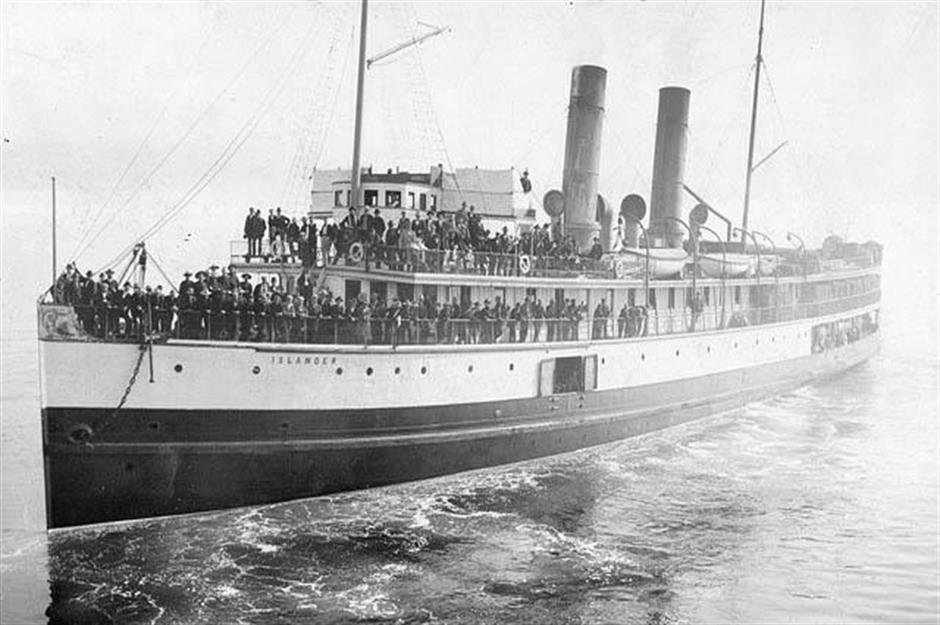
Luxury steamship SS Islander sunk in 1901 after striking an iceberg while carrying gold rushers from Skagway, Alaska to Victoria, British Columbia. In total, 40 of the people on board, which included 107 passengers and 61 crew members, were killed.
Various salvage attempts have been made over the years with limited success. That changed in 2012 when an 85lb (39kg) treasure chest was pulled from the water. Inside were leather bags called pokes, carrying a total of about 1,200 oz of gold, which was sold in 2016 for a cool $4 million. That's the equivalent of $5.2 million (£4.1m) today.
1715 Treasure Fleet coins – $5.8 million (£4.6m)

The 1715 Treasure Fleet was sailing from the New World to Spain when 11 of its 12 ships sank in a hurricane near what is now Florida. The flagship, the Capitana, was carrying 3.5 million pesos-worth of treasure alone, including the Spanish Queen’s jewels.
Many a treasure hunter has been attracted to the coast to try and find gold coins scattered across the wreck site, with one tranche worth $4.5 million found in 2015, working out at $5.8 million (£4.6m) in today's money. Experts claim there's still another $400 million ($318m) worth of treasure to be recovered from the waves near the wreckage site.
Apollo 11 rockets – $10 million (£8m)

In 1969, people across the world tuned into to watch Apollo 11 astronauts Neil Armstrong and Buzz Aldrin walk on the moon. The command module Columbia, in which the crew returned to Earth, is on show at the National Air and Space Museum in Washington DC, but what of the Saturn V rocket which blasted them into space?
In 2013, Amazon CEO Jeff Bezos paid a crew to salvage parts of two rocket engines from the bottom of the Atlantic. The rocket remains are worth an estimated $10 million (£8m). Bezos observed via his Bezos Expeditions website at the time: "We have seen an underwater wonderland – an incredible sculpture garden of twisted F-1 engines that tell the story of a fiery and violent end, one that serves testament to the Apollo program".
Gold ingot Eureka – $14 million (£11.2m)
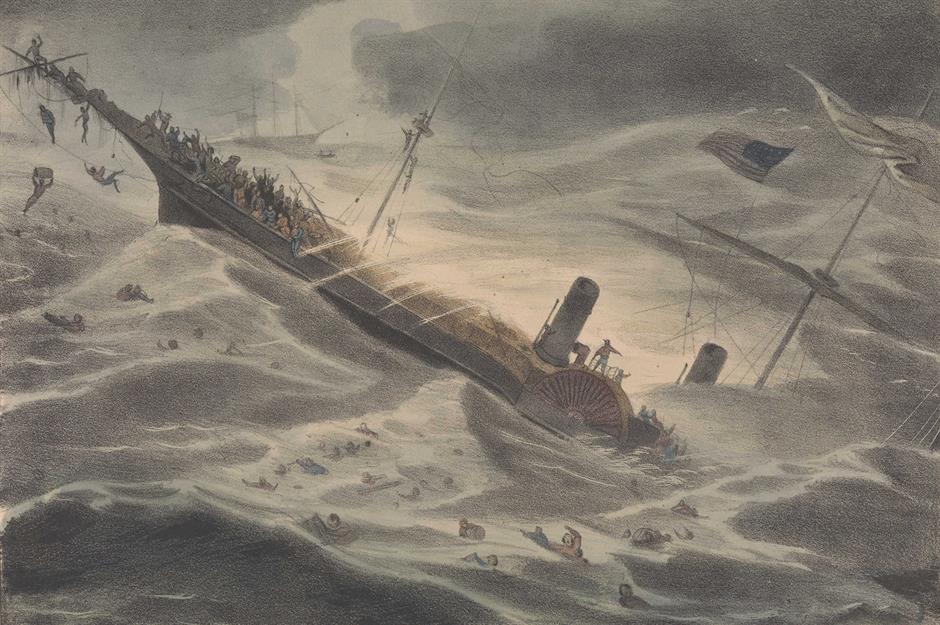
An 80lb (36kg) San Francisco-mined gold ingot nicknamed 'Eureka' was salvaged from the SS Central America nearly 150 years after the steamship succumbed to a hurricane off the South Carolina coast in 1857.
The brick was one of numerous valuable items found in the wreck, including 7,000 coins. In 2001, it was sold to an unnamed "Forbes 400 business executive" for $8 million, which is just under $14 million (£11.2m) in today's money.
Titanic artefacts – $24 million (£19m)
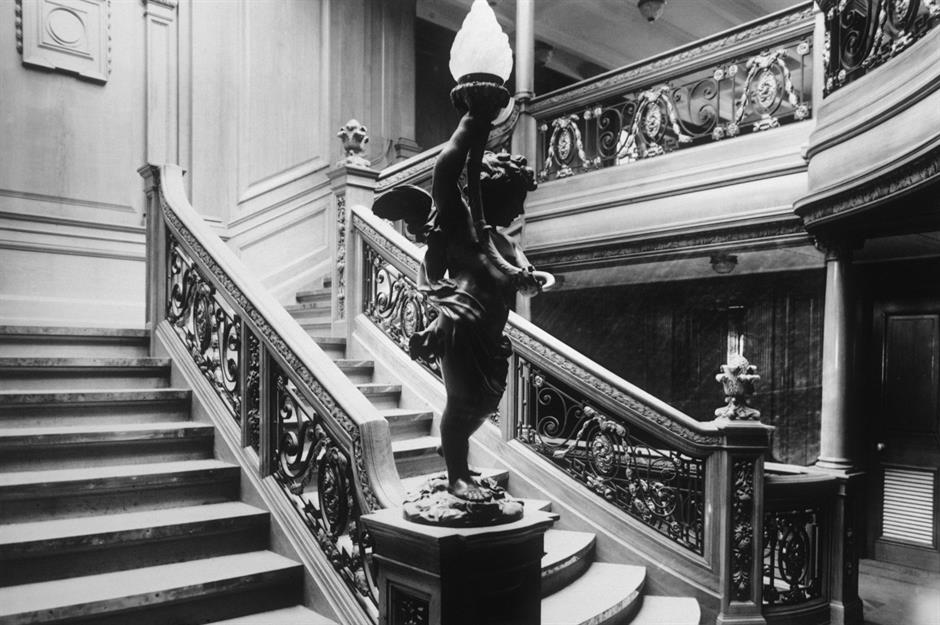
Most people know the story of RMS Titanic, the passenger liner that sank after striking an iceberg in 1912, killing more than 1,500 passengers and crew. The wreckage lay at the bottom of the North Atlantic Ocean undisturbed until 1985, when it was found 12,000 feet beneath the water's surface.
Thousands of artefacts have been retrieved since, with over 5,500 items selling at an auction in 2018 for $19.5 million – $24 million (£19m) in today's money – to three hedge funds, including a bronze cherub similar to that pictured on the ship's Grand Staircase.
H.L. Hunley submarine – $40 million (£32m)
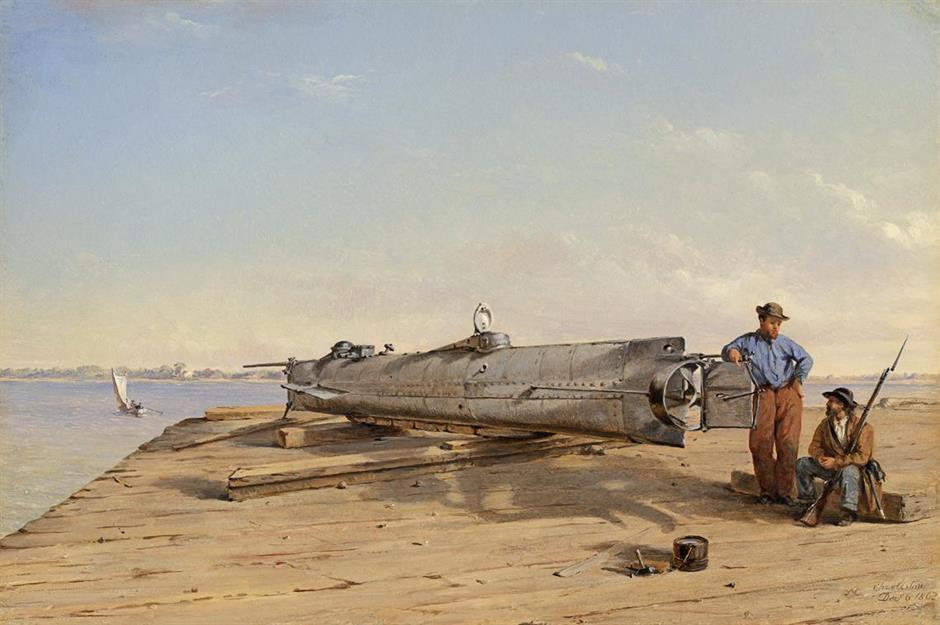
H.L. Hunley was a Confederate submarine during the US Civil War and, in 1864, became the first sub in history to sink a warship. The submarine's eight-strong crew are believed to have been killed by a shockwave as a result of the blast, and H.L. Hunley never resurfaced.
Found in 1970, the wreck lay at the bottom of the ocean near Charleston until 2000, when it was raised and conserved. After a dispute over its ownership, the 40-foot wreck was signed over to the state of South Carolina in 1995, with an estimated value of $20 million, which is the equivalent of $40 million (£32m) in today's money.
Belitung shipwreck – $50 million (£40m)
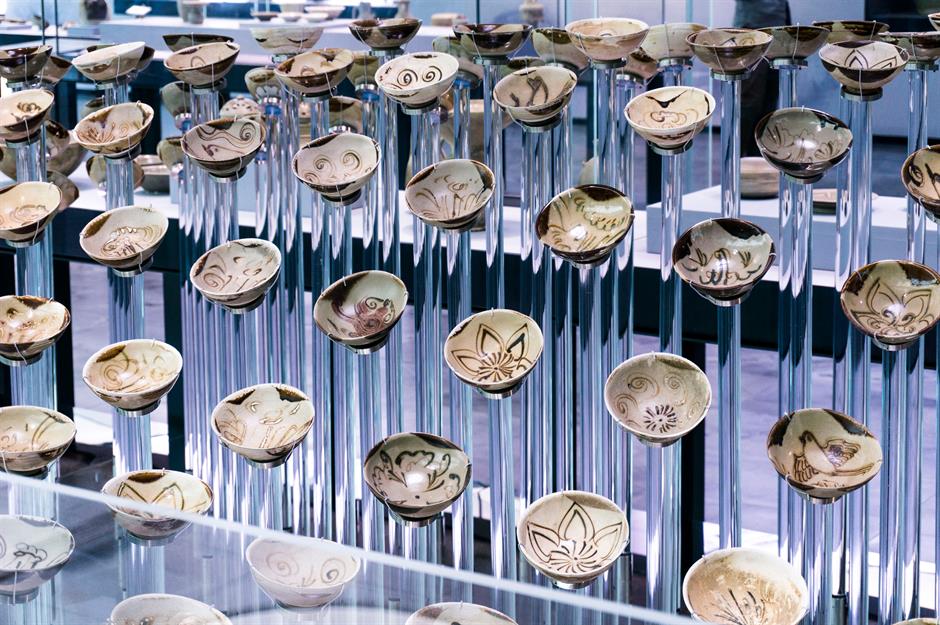
The Belitung shipwreck is the remains of an Arab dhow that sank off Indonesia in the ninth century. It was carrying 60,000 Chinese Tang dynasty ceramics, along with gold and silver items. The "Tang Treasure" was discovered by local fishermen in 1998, and salvaged almost immediately.
The collection was kept intact and in 2005 sold to a private entity and the government of Singapore for $32 million, which is $50 million (£40m) in today's money. It's now on show at the Asian Civilisations Museum in Singapore.
SS Gairsoppa silver – $52 million (£41m)
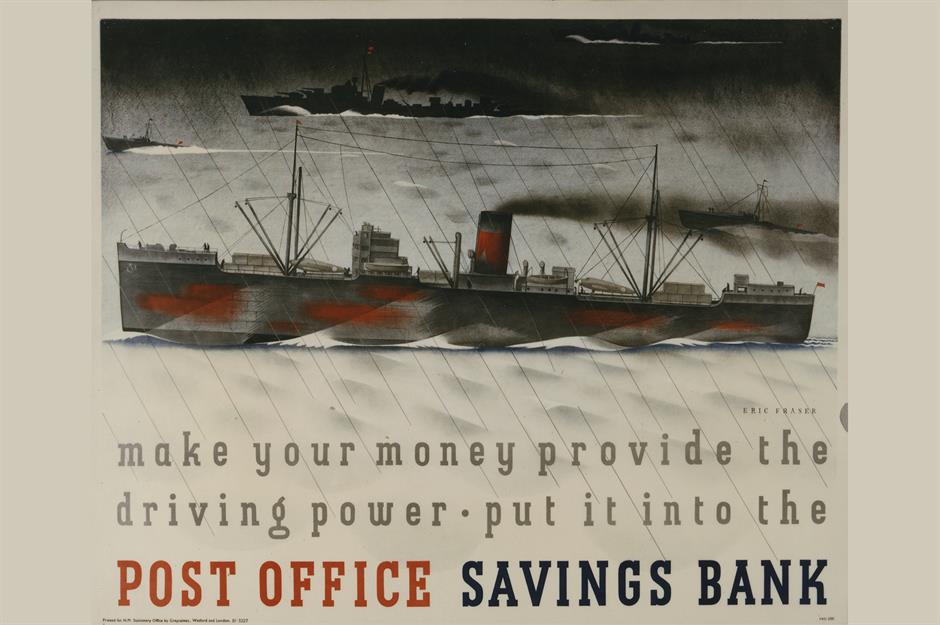
The SS Gairsoppa was a British steam merchant ship which was torpedoed by a German submarine while making its way to Galway, Ireland in 1941. The ship and its 7,720 tonnes of cargo, including silver bullion, iron, and tea, lay undisturbed for decades until it was found in 2011.
Some 2,800 bars of silver worth around $52 million (£41m) in today's money have since been salvaged, along with teapots, silk, and – most miraculously – letters from British soldiers in India, which had survived in an air pocket.
SS City of Cairo coins – $59 million (£47m)

British passenger steamship SS City of Cairo was carrying 100 tonnes (100,000kg) of silver coins when it was torpedoed by a German submarine in the South Atlantic in 1942.
A team led by Deep Sea Ocean discovered its location in 2011 and went on to direct a deep-sea salvage attempt, retrieiving coins with a value of almost $59 million (£47m) in today's money from a depth of around 17,000 feet. The company was only given permission by the UK government's Department for Transport to reveal details of the haul in 2015.
Esmeralda shipwreck – $100 million (£81m)
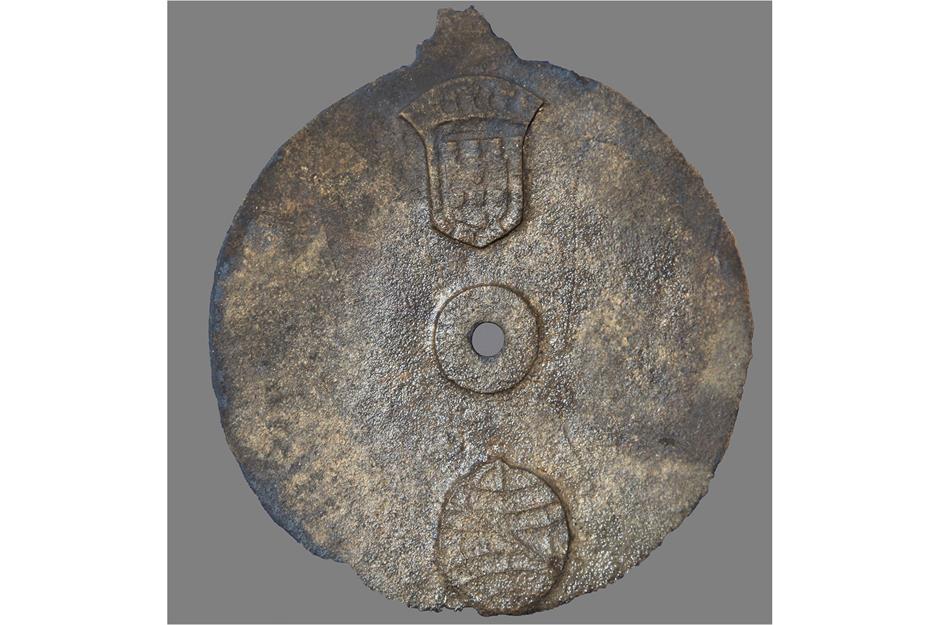
The Esmeralda was one of a number of Portuguese ships sent to India as part of explorer Vasco da Gama's Armada in 1502, but it sank off the coast of Oman in suspected storms a year later.
The shipwreck was located in 1998, and excavation work began in 2013. Among its treasures were the world's oldest ship's bell (dating back to 1498) and a mariner's astrolabe, a device used by sailors to plot their voyage, which is pictured here. The total worth of the treasures, along with numerous gold and silver coins, is estimated to be worth more than $100 million (£81m).
Antikythera treasures – $180 million (£145m)
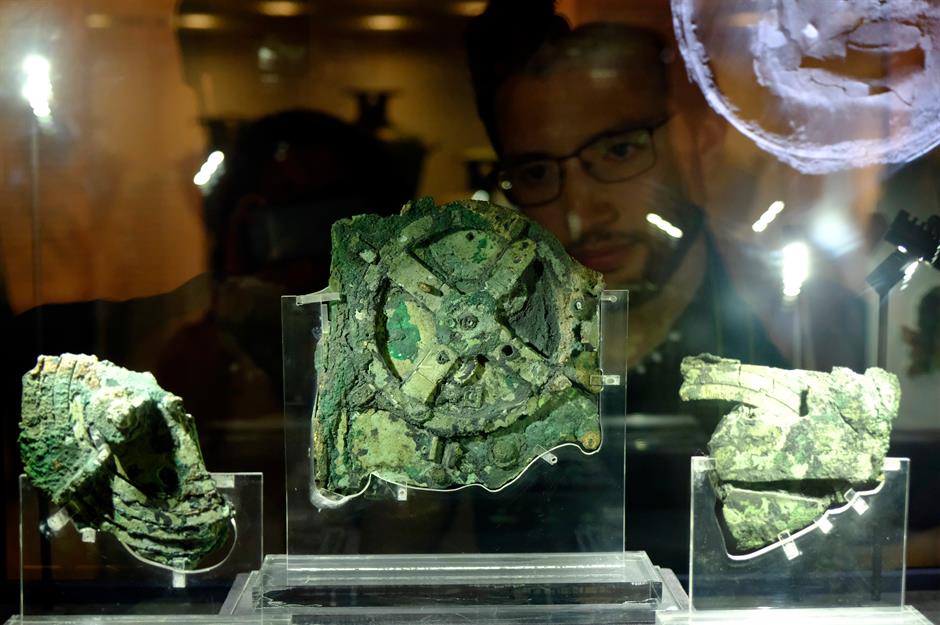
In 1900, the wreck of a Roman-era trading ship was discovered by sponge divers off the Greek island of Antikythera, and has since yielded bronze and marble statues, coins, and other artefacts. Thought to have sunk in the first half of the 1st century BC, the treasures on board have an estimated value today of $180 million (£145m).
Findings include bronze and marble statues and jewellery, but its most famous is the Antikythera Mechanism: a type of ancient hand-powered "computer", which is thought to be the world's first example of its kind and was used to predict eclipses. The wreck continues to yield new treasures to this day.
Whydah Gally treasures – $400 million (£323m)

The Whydah Gally was a cargo and slave ship, and was captured by the notorious pirate Captain Samuel 'Black Sam' Bellamy in 1717. Just two months later, however, it got caught in violent storms and was wrecked off the US east coast, killing all but two of the 145 men on board – including Bellamy – and taking 400,000 gold and silver coins and other valuable treasures with it.
Since its salvage began in 1984, some $400 million (£323m) in coins and other precious metal items have been pulled from the wreck.
Nuestra Señora de Atocha treasures – $400 million (£323m)

The Nuestra Señora de Atocha galleon was part of a Spanish fleet. During a voyage from Havana in 1622, it was caught in a hurricane and sunk along with eight other ships, including the Santa Margarita.
In 1969, the Florida-based treasure hunter Mel Fisher began to find items, including five bronze cannons and, in 1985, he located the wreck of the ship itself. Its treasures, which include gold coins, Colombian emeralds, jewellery and ceramics, are estimated to be worth around $400 million (£323m).
Nuestra Señora de las Mercedes coin hoard – $500 million (£398m)

Spanish Navy frigate Nuestra Señora de las Mercedes sank off the coast of Portugal in 1804 after being torn apart by British cannon fire. At the time of its destruction, the vessel was carrying vast amounts of silver and gold coins, some 500,000 of which were salvaged by US firm Odyssey Marine Exploration after the wreck's discovery in 2007.
But the company was forced to hand them over to the Spanish government in 2012, and the coins – worth an estimated $500 million (£398m) – were put on show at the Spanish Naval Museum in Madrid.
Heracleion sunken treasures – $10 billion (£8bn)
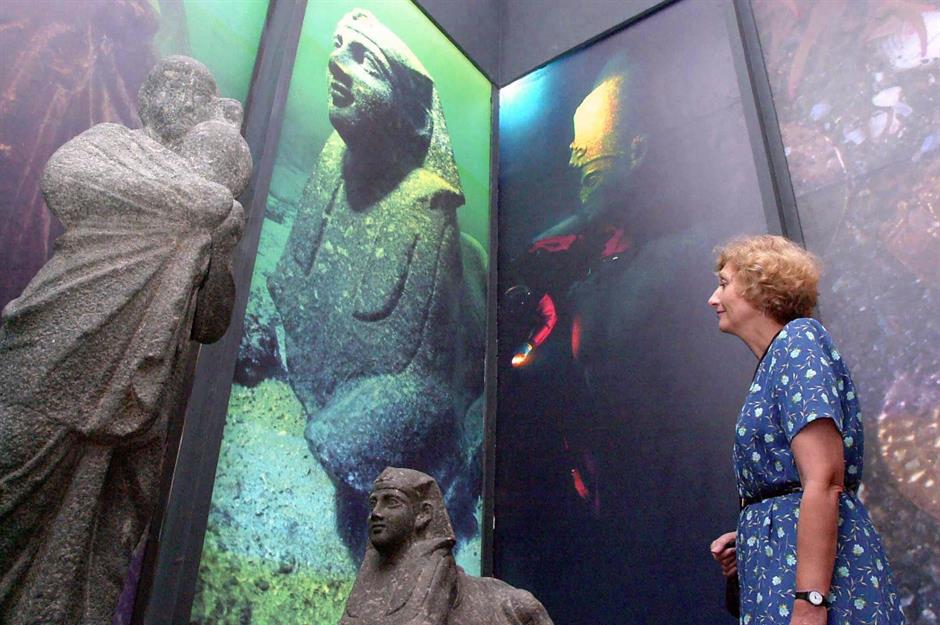
Heracleion is an ancient Egyptian city that lay hidden under the sea for 1,500 years until 1933 when a British RAF commander flying over Alexandria spotted something in the water. However, it was only in the 1990s that archaeologists truly began to search the site of the sunken city, which had previously been considered a myth.
Since then, they've uncovered temples, ceremonial statues, tiny sarcophagi for animals, gold, jewellery, and other fascinating artefacts. According to some estimates, the site's total value is thought to be around $10 billion (£8bn).
San José galleon treasures – $20 billion (£15.9bn)

Spanish galleon San José sank in 1708 during a battle with British warships, thwarting Spain's delivery of New World riches. The boat met its demise off the coast of Cartagena, Colombia, as depicted in this painting by Samuel Scott.
San José was found laden with gold, silver, and gems in 2015 by the Colombian Navy and is believed to be worth $20 billion (£15.9bn). The discovery of the ghostly galleon sparked a battle between the Colombian government and Sea Search Armada, a US company that claimed to have found it first back in 1981. The wreck remains 600 feet under Colombian waters, with its location a state secret, with recent reports suggesting the Colombian government is exploring ways to rescue it from the deep.
Punic Wars artefacts – priceless

In 241 BC, the Romans fought with the Greeks and the Carthaginians in the Battle of the Egadi Islands. This led to the end of the First Punic War, and the Egadi Islands (Aegadian Islands) are now considered to be the first ancient naval battle site, with scores of precious treasures discarded during the fighting.
The Carthaginian fleet lost hundreds of ships, leaving the northwest Sicilian seabed littered with treasures. These included a bronze lion helmet (which was retrieved in 2017), weapons, amphora, and ancient battle rams – all of which offer an invaluable insight into one of European history's most decisive battles.
Caesarea sunken treasures – priceless
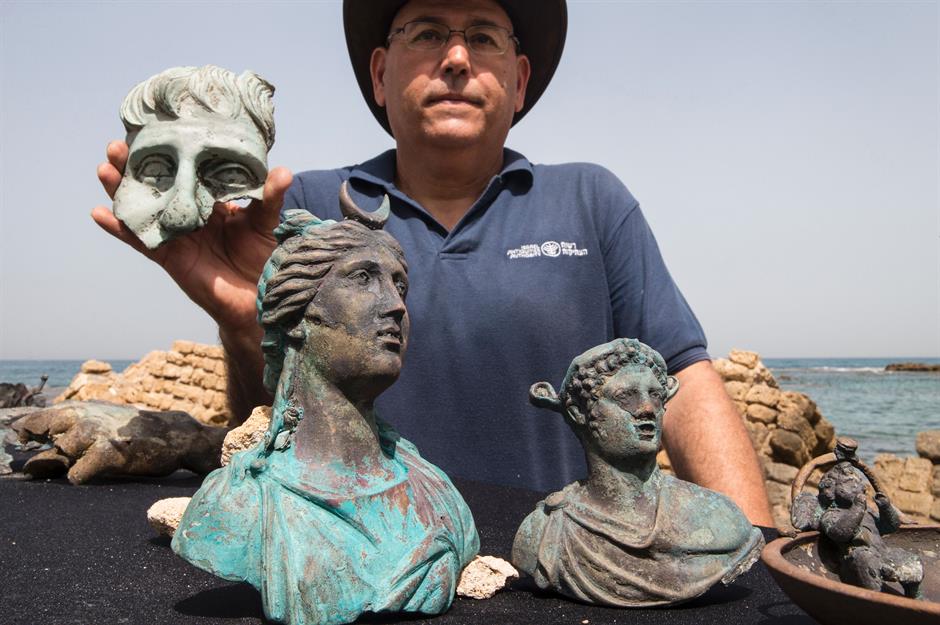
Two divers stumbled upon a hoard of Roman artefacts when diving off Caesarea, Israel back in 2015. As well as 2,000 gold coins, a bronze figurine of the Roman moon goddess Luna and a bronze lamp decorated with the image of sun god Sol were among the many treasures found in the wreck of a merchant ship. The vessel is believed to have sunk some 1,600 years ago.
Hailed as one of the most impressive Roman finds in Israel, its historic significance and state of preservation make this haul of treasures absolutely priceless.
The world's oldest intact shipwreck – priceless
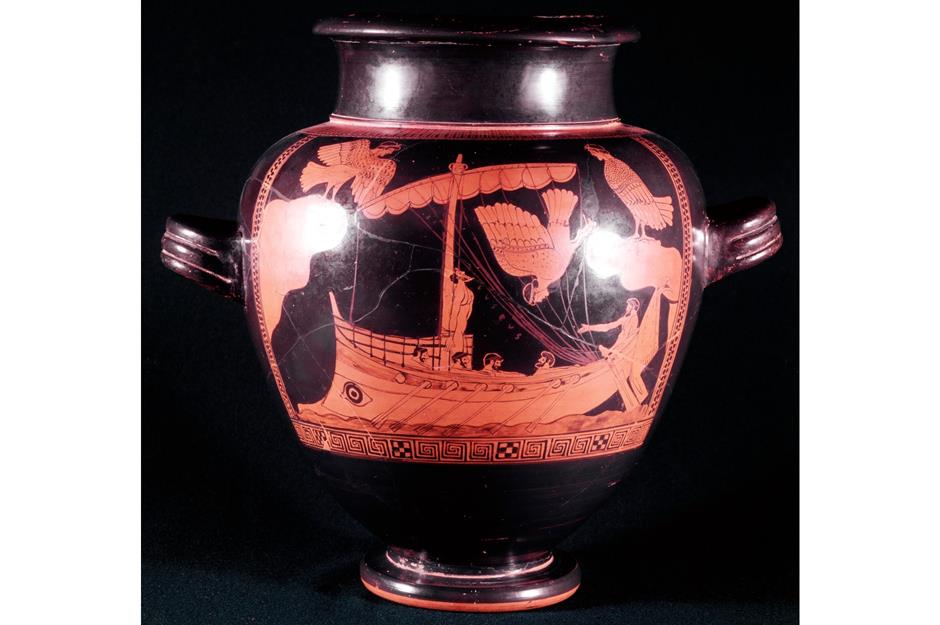
In 2018, archaeologists were delighted to uncover a shipwreck they believed had lain dormant on the seabed for more than 2,400 years, making it the world's oldest intact shipwreck. The 75-foot ship was found in the Black Sea in remarkably good condition, with an identifiable mast, rowing benches and rudders. Nicknamed "Odysseus", the ship itself is considered a treasure, given its age and the insight it provides into seafaring in the ancient world. It's similar to those depicted on Greek pottery, such as the The Siren Vase (pictured).
The wreck is to remain where it is, among an astonishing 39 other shipwrecks also found in the area. Experts are continuing their research and hope to find its contents equally well-preserved.
Now discover the rivers around the world that still run rich with gold
Comments
Do you want to comment on this article? You need to be signed in for this feature